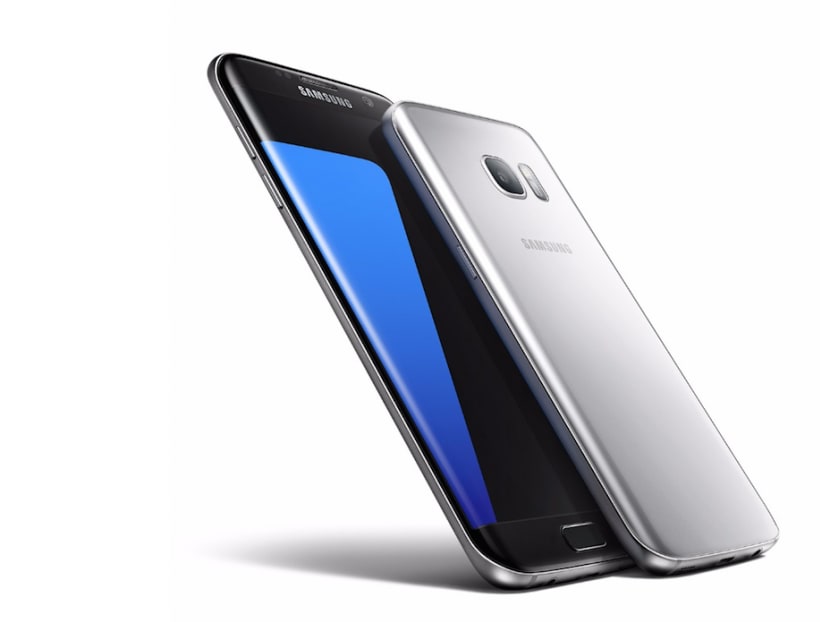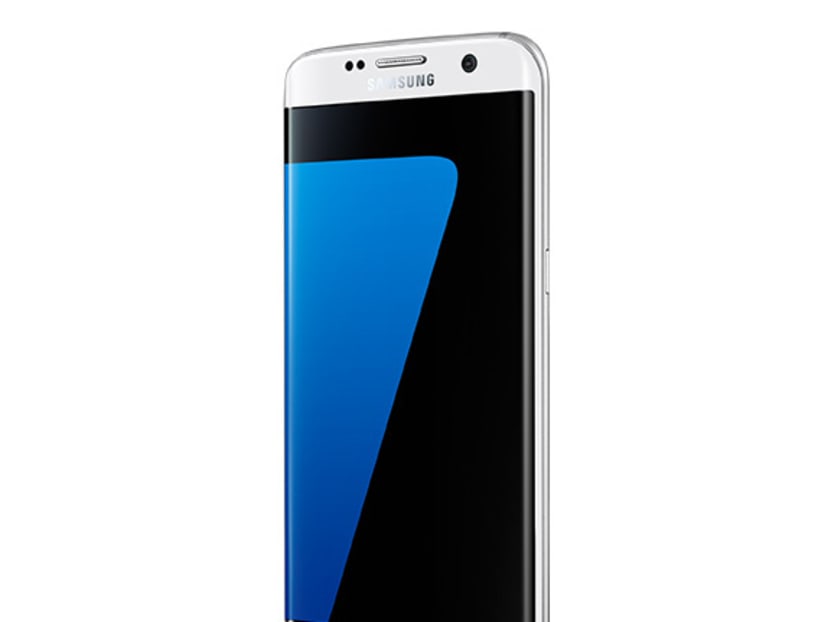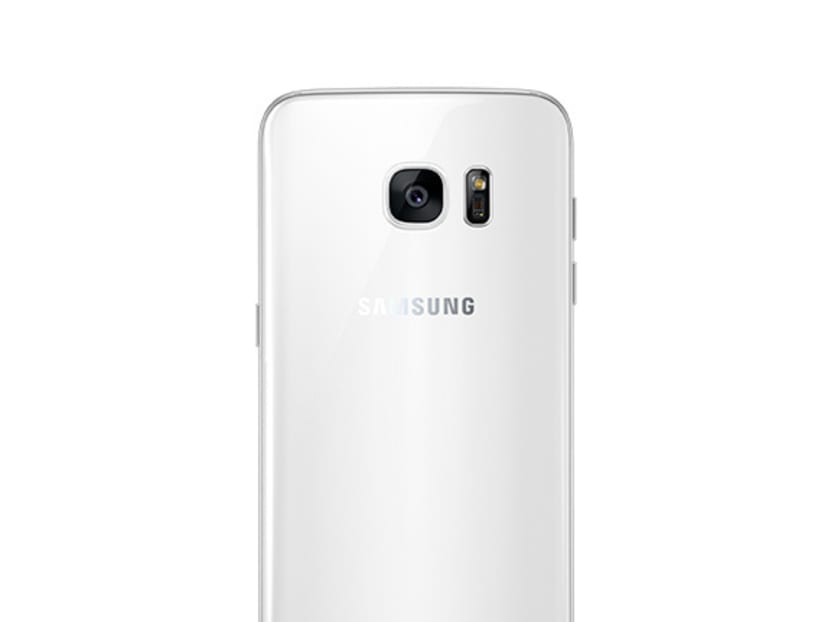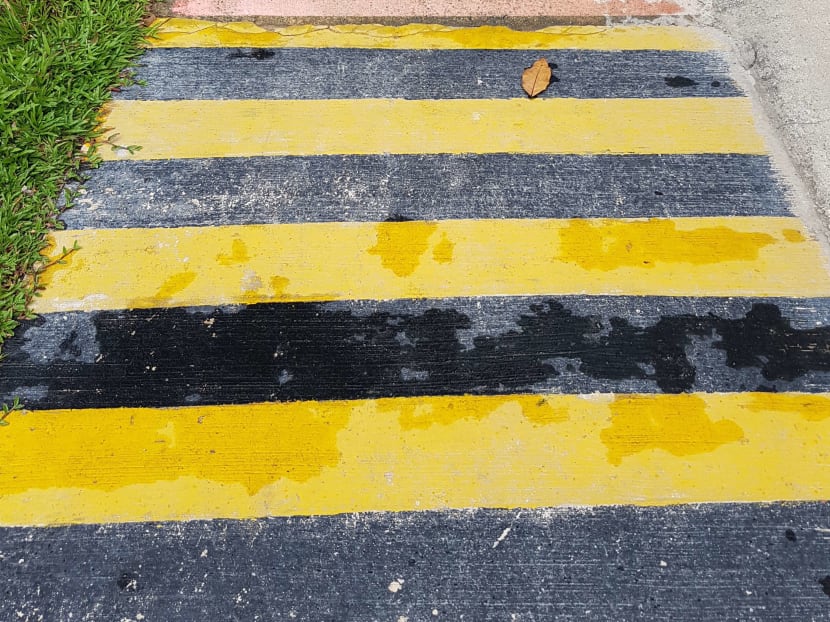Review: Samsung Galaxy S7, S7 edge now with dual-SIM, improved camera
SINGAPORE — The long-awaited Samsung Galaxy S7 flagship devices have finally landed.




SINGAPORE — The long-awaited Samsung Galaxy S7 flagship devices have finally landed.
And they’ve come with dual SIM capability, better cameras and battery life, the return of microSD card support and water/dust resistance.
Off the bat, the S7 edge — the bigger of the two — looks set to be a more popular option for those currently planning to invest in an Android device. From what we see, the key differences between the two are screen size, pixel density and battery capacity.
REFINING THE GALAXY EXPERIENCE
Among the most notable enhancements in the S7 series is the dual-SIM capability, which can also be used for external storage – yes, it’s thankfully back (Samsung took away microSD support on the S6 devices). A hybrid SIM card tray allows for either a second nano SIM card or a microSD card of up to 200GB storage.
Both the S7 and S7 edge come with a lower resolution camera than its 16-megapixel predecessor. However, Samsung claims that the camera's 12-megapixel dual-pixel sensor and its bigger f1.7 aperture allow in more light and hence, produce better low-light images. And we were impressed. Aided by an extremely snappy shutter speed and focus, photos and videos captured under varying conditions turned out incredibly sharp, well-focused, rich in colour and accurate in colour reproduction. It’s definitely among the best in its class.
Samsung Galaxy S7 edge sample photos:





AESTHETICS
The S7 edge looks a lot like the S6 edge, except bigger. It’s light, slim and more comfortable to hold in one hand in spite of its larger 5.5-inch screen size. Its glossy back makes the grip a tad more slippery and is a fingerprint magnet though.
It gets a display boost to an upsized 5.5-inch screen (from 5.1-inch previously) with 2560 x 1440 SUPER AMOLED display. It is crisp, adequately bright under sunlight and noticeably less saturated than regular AMOLED displays.
Both the S7 and S7 edge run on Android 6.0.1 Marshmallow, and not much has changed on Samsung’s TouchWiz user interface, save for some software additions. For example, an always-on display that permanently shows important information — clock, battery life, date — that consumes very little battery.
In terms of battery capacity, the S7 edge gets a significant bump from 2600mAh in the S6 edge to 3600mAh. During our stress test, the device lasted about 13 hours on maximum brightness with regular usage, including web surfing, photo-taking, and constant Facebook, Twitter and email updates, as well as messaging. Additionally, Samsung took the deliberate choice of sticking to the regular micro USB port, as opposed to the more obscure USB Type-C that’s found on the Huawei Nexus 6P. Otherwise, charging is relatively swift at about two to three hours for a full charge.
Specs-wise, the phone’s Samsung octa-core Exynos 8890 processor, backed by 4GB of RAM, ensured that everything ran smoothly, down to app launches, video playback, gaming and animated transitions.
The S7 series also features IP68 water and dust resistance — previously not available on the S6 series — which according to the Korean tech company, allows users to submerge them in 1.5 metres under water for up to 30 minutes. We tested this by repeatedly plunging the device into a full sink of water and thankfully, the phone still worked normally.
SHOULD YOU BUY IT?
On most counts, the S7 edge largely stands toe-to-toe with its biggest competitor and Android 6.0 compatriot, the Huawei Nexus 6P (S$949 for 64GB, S$1,049 for 128GB), but with superior camera performance. Nonetheless, it ultimately boils down to your preference for the TouchWiz user interface or the vanilla Android experience.
If you have a trimmer budget and no need for a bigger, dual edge screen, its almost identical 5.1-inch sibling S7 (S$998) is your best bet. Worthy to note though: With a smaller battery capacity, the S7’s battery life isn’t as robust as the S7 edge, only managing to last 7-8 hours on our stress test. Otherwise, there’s the upcoming modular LG G5 or the usual iOS pickings.
While the phones come in both 32GB and 64GB editions, only the former will be available in Singapore at launch. A spokesperson for Samsung previously told TODAY that the 64GB versions of both devices will not be available at launch, but cannot confirm when or if they will eventually be sold here.
The Samsung Galaxy S7 edge (32GB) will be available from March 12 in Black Onyx, Gold Platinium and Silver Titanium at S$1,098 at all telecommunication operators, major consumer electronic stores, authorised retailers and Samsung Experience Stores.


Correction: An earlier version of this article incorrectly described the USB Type-C as obsolete. We are sorry for the error.








